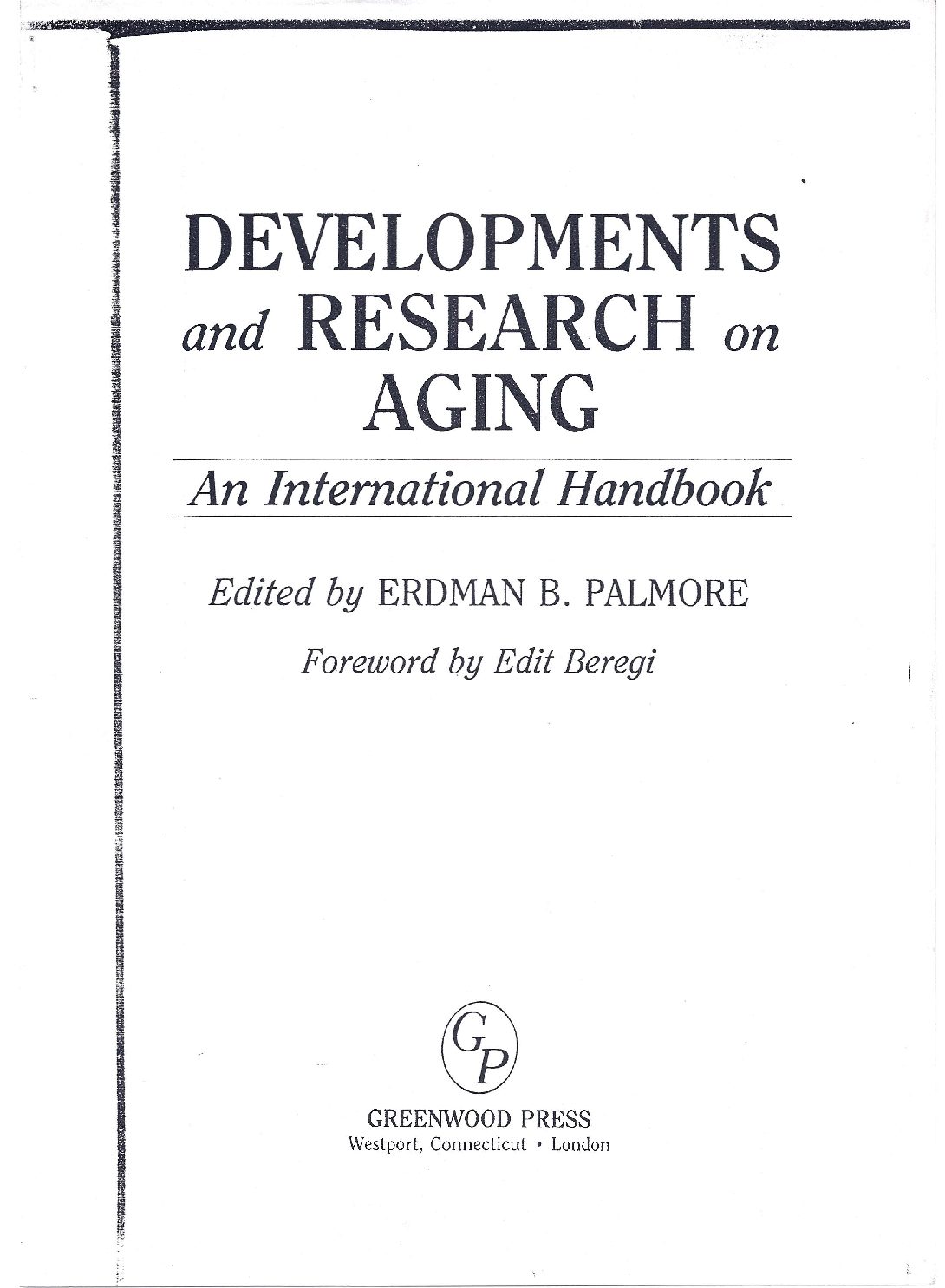Qui ne rêve pas de rester dynamique, sexy et en santé tout au long de sa vie ? Grâce à la science, c’est à présent possible : plus de vigueur, une apparence plus séduisante, une sexualité vivante, un corps plus tonique, une meilleure résistance aux maladies, la limitation de nombreux troubles, des performances cognitives maintenues ou améliorées, et au final un équilibre et un bien-être global plus grands pour une longévité optimale. La convergence des innovations de la biologie, de la médecine et de la technologie amène en effet de formidables avancées : régénérer les cellules, restaurer les fonctions, rajeunir le look, anticiper les maladies, traiter et même guérir celles réputées incurables, poser des implants et neuro-stimulateurs pour permettre aux paralytiques de se mouvoir, aux aveugles de voir et aux sourds d’entendre… Nous vivons une véritable révolution du « vieillir » : ce qui était impensable hier encore est aujourd’hui déjà appliqué ou en développement. Ce guide complet des traitements anti-âge offre une chance d’en savoir plus sur les secrets de la longévité. Il vous permettra de faire des choix judicieux et personnalisés pour gérer au mieux votre « capital santé-beauté » sous tous ses aspects : Régulation du métabolisme, Régénération corporelle et détoxification, Performances, bien-être et sexualité, Stimulation du cerveau et gestion du stress, Interventions esthétiques et cosmétiques, Nutrition anti-âge et thérapeutique, Ingénierie du corps et fonctionnement optimal, Style de vie pro-longévité.
Un ouvrage de référence pour connaître tous les moyens dont nous disposons aujourd’hui pour freiner, voire arrêter ou inverser le processus du vieillissement.










